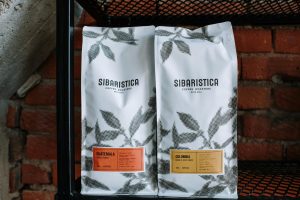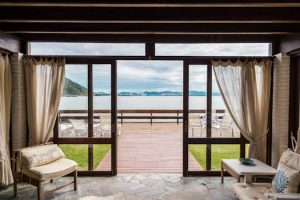Pop-up neighborhoods and modular home trends
Welcome to the future of housing. As our cities continue to grow and expand, the need for affordable and sustainable housing options has become more pressing. In recent years, an emerging trend has caught the attention of city planners and developers alike – pop-up neighborhoods and modular homes. Combining the convenience and flexibility of modular homes with the ingenuity of pop-up communities, this innovative approach to housing is quickly gaining momentum. In this article, we will delve into this trend and explore how it is revolutionizing the way we think about housing.
The Rise of Pop-Up Neighborhoods
Gone are the days where traditional brick and mortar homes are the only option for housing. Pop-up neighborhoods, also known as temporary or interim housing, are gaining popularity in urban areas where space is limited and demand for housing is high. These communities are built using modular homes, which are prefabricated homes that can be easily transported and assembled on site.
The Benefits of Pop-Up Neighborhoods
Pop-up neighborhoods offer numerous benefits for both residents and the community as a whole. For residents, these neighborhoods provide an affordable and flexible housing option. The cost of building a modular home is much lower than traditional homes, making it an ideal choice for those on a tight budget. Additionally, modular homes can be easily expanded or relocated, giving residents the freedom to adapt to their changing needs or move to a different location without the hassle of selling and buying a new home.
From a community standpoint, pop-up neighborhoods provide a solution to the housing crisis faced by many cities. These neighborhoods can be built quickly, making them an effective way to provide housing for those in need in a short amount of time. Furthermore, these communities can be easily dismantled and removed when they are no longer needed, leaving no environmental impact behind.
The Advantages of Modular Homes
The use of modular homes in pop-up neighborhoods is a significant factor in their success. These homes are built in a controlled factory setting, ensuring high-quality construction and efficient use of resources. Compared to traditional housing, modular homes have a much lower carbon footprint, making them a more sustainable option.
Customization and Flexibility
Contrary to popular belief, modular homes are not one-size-fits-all. In fact, they offer a high level of customization and flexibility. With a variety of floor plans, finishes, and designs to choose from, residents can personalize their homes to fit their unique needs and preferences. Additionally, as mentioned earlier, these homes can be easily expanded or relocated, giving residents the ability to adapt to their changing lifestyle or family size.
Efficient and Cost-Effective
The construction of modular homes is highly efficient and cost-effective. By building the homes in a factory, there is less material waste, and the assembly process is significantly faster. This translates to cost savings for both the builder and the homeowner. Furthermore, the energy-efficient design of modular homes can lead to lower utility bills, making them an attractive option for those looking to save on their monthly expenses.
The Future of Housing
The concept of pop-up neighborhoods and modular homes is still relatively new, but it is quickly gaining traction and is expected to become a more prominent housing option in the future. With the potential to address the affordable housing crisis, provide more sustainable housing options, and offer flexibility and customization for residents, this trend has the potential to revolutionize the way we think about housing.
As we continue to face challenges in the housing sector, it is exciting to see the development of innovative solutions like pop-up neighborhoods and modular homes. With the combination of affordability, sustainability, and flexibility, this trend is set to shape the future of housing for the better.
In Conclusion
Pop-up neighborhoods and modular home trends are not just a passing fad, but a glimpse into the future of housing. These communities offer a practical and sustainable solution to the ongoing housing crisis in urban areas, while also providing residents with a customizable and flexible housing option. As we move towards a more sustainable and affordable future, pop-up neighborhoods and modular homes will undoubtedly play a significant role in shaping the way we live.









